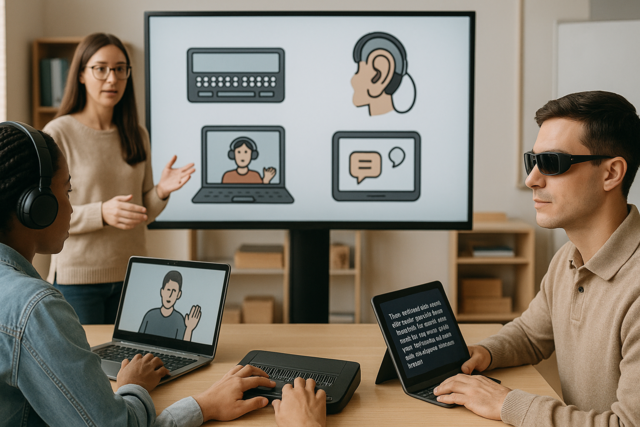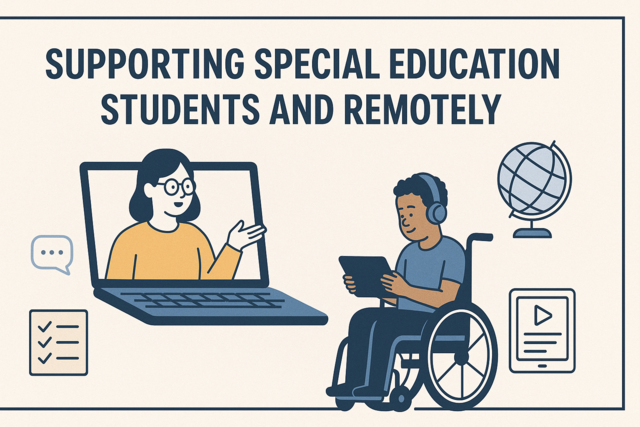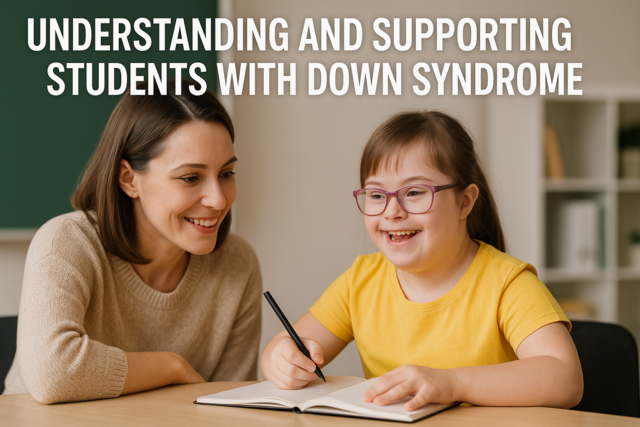Online Class: Positive Reinforcement Techniques for Special Educators

no certificate
with CEU Certificate*
-
15Lessons
-
22Exams &
Assignments -
3Hours
average time -
0.3CEUs
Course Description
Are you an educator ready to transform your special education classroom into a thriving ecosystem of growth, positivity, and meaningful achievements? If so, get ready to embark on an enlightening journey with our course, "Positive Reinforcement Techniques for Special Educators." This course is not merely another online class; it is a transformative experience designed to revolutionize your approach to teaching and to catalyze significant strides in the lives of your students.
Imagine a classroom where every student feels empowered, recognized, and motivated—a classroom where challenges are met with enthusiasm rather than hesitation. This is not a distant dream but a reality you can manifest through the potent power of positive reinforcement. Created with the unique needs of special educators in mind, this course will unlock the secrets to customizing motivational strategies that foster independence, confidence, and resilience in your students.
We begin this journey by diving into the heart of positive reinforcement, exploring the transformative insights of B.F. Skinner and beyond. We're not just talking theory; we're putting these ideas into practice, revolutionizing your classroom dynamics one strategy at a time. Fueled by the core values of inclusivity and adaptability, you will learn to tailor reinforcement techniques that resonate deeply with your students' individual needs, creating a nurturing environment ripe for growth.
As educators, we hold the power to unlock and unleash the hidden potential within each student. By mastering the art of positive feedback and consistency, you will discover how to transform even the most reluctant learners into eager, motivated participants. This course will arm you with the practical tools to seamlessly transition your students from extrinsic motivators to finding joy and success in their own internal achievements, fostering lifelong learning habits.
Take a deeper dive into the psychology of praise and the powerful impact that precise, genuine feedback has on the learner's psyche. By mastering verbal praise, you will weave an environment of resilience and intrinsic motivation, encouraging students to confidently grasp new concepts, overcome obstacles, and celebrate their own accomplishments.
Our exploration doesn't stop at traditional methods. We'll step into the digital age with state-of-the-art educational apps and software, bringing the world of social robots and AI-driven tools right to your classroom. Experience firsthand how these groundbreaking technologies cultivate essential communication skills, emotional intelligence, and self-awareness, particularly for students on the autism spectrum.
At the core of this course is the principle of consistency—a critical, often overlooked element of successful reinforcement. Consistent application of reinforcement strategies ensures that students form lasting connections between positive behaviors and outcomes, building a stable framework that empowers long-term success. You'll learn to tailor these techniques across diverse needs, ensuring that each student receives the individualized support necessary for achieving their personal best.
The impact of positive reinforcement extends beyond the classroom walls, touching every aspect of a student's life. Our course emphasizes the importance of family collaboration, where reinforcement strategies are thoughtfully designed with family insights and interactions at the forefront. By fostering a collaborative network involving siblings and caregivers, you nurture a holistic learning environment that supports educational progress on all fronts.
Throughout this course, you will not be a passive participant, but an active creator of change. You will design thoughtful reinforcement programs and witness firsthand the profound transformations they inspire. We'll equip you with the knowledge, confidence, and inspiration to continue this impactful work long after the course concludes.
Join us in "Positive Reinforcement Techniques for Special Educators" and step into a world where your teaching practices create ripple effects of positivity and progress. Enrolling in this course is not just a step forward; it is a leap toward an extraordinary future for you and your students. Elevate your teaching, empower your students, and become a pivotal force in crafting a world of inclusive, joyous learning. Welcome to a transformative educational journey—you belong here.
- Completely Online
- Self-Paced
- 6 Months to Complete
- 24/7 Availability
- Start Anytime
- PC & Mac Compatible
- Android & iOS Friendly
- Accredited CEUs
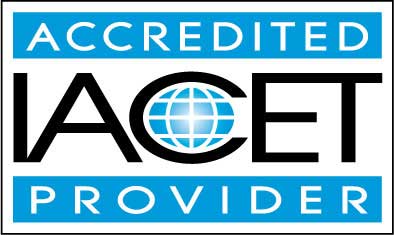
Course Lessons
Lesson 1. Revolutionizing Classroom Dynamics with Positive Reinforcement
In the realm of special education, positive reinforcement, theorized by B.F. Skinner, is pivotal for promoting desired behaviors and enhancing student motivation through rewarding stimuli. This method, further enriched by theories like Bandura's observational learning and Deci and Ryan's intrinsic motivation, fosters an inclusive educational environment where students' diverse needs are met through adaptive reinforcement strategies.Lesson 2. Unleashing Student Potential through Positive Reinforcement
Educators play a crucial role in shaping student behavior and attitudes through consistent positive feedback and reinforcement strategies tailored to individual student needs. Overcoming the challenges of positive reinforcement involves adaptability, cultural sensitivity, and integrating gradual fading techniques to shift focus from extrinsic to intrinsic rewards.Lesson 3. Mastering Behavioral Reinforcement in Special Education
Educational policies embrace reinforcement frameworks, enabling special educators to apply evidence-based strategies effectively, influencing curriculum design, teacher development, and resource allocation. A well-considered application of reinforcement in behavioral learning equips educators to nurture lasting positive changes and empower students toward brighter futures.Lesson 4. Fueling Motivation with Token Economies
Token economies empower special educators to craft personalized learning experiences by using tokens as reinforcers for desired behaviors. The flexibility and adaptability of these systems boost student autonomy and intrinsic motivation, fostering a positive and inclusive classroom atmosphere.Lesson 5. The Psychology of Praise: Unraveling Motivational Strategies for Special Educators
In special education, verbal praise plays a crucial role in bridging intrinsic and extrinsic motivations, while nurturing a supportive learning environment. By providing immediate, specific, and authentic feedback, educators strengthen students' confidence and willingness to engage deeply with their learning.Lesson 6. Empowering Special Education with Versatile Visual Aids
Through a range of visual aids such as social stories and choice boards, children learn to make decisions and comprehend social cues, fostering autonomy and motivation. These tools help bridge verbal communication gaps and reinforce positive behavior, ensuring students thrive in and beyond the classroom.Lesson 7. Understanding Fixed vs. Variable Reinforcement: Strategies for Change
Personalizing reinforcement techniques requires recognizing individual interests and cultural backgrounds to ensure effective learning environments. Collaborating with students in planning reinforcement strategies empowers them, enhancing education while fostering advocacy and confidence.Lesson 8. Behavioral Insights for Enhancing Learning
Positive reinforcement in special education involves creative, adaptable strategies recognizing individual differences, boosting engagement and motivation. By integrating cultural and personal preferences, educators build inclusive environments fostering both academic success and personal growth.Lesson 9. Empowering Through Educational Apps and Software
Social robots and AI applications play a vital role in developing communication skills for students with special needs, particularly on the autism spectrum, through personalized, controlled interactions. These technologies offer a safe platform for practicing social cues, building confidence and enhancing emotional intelligence.Lesson 10. The Role of Consistency in Positive Reinforcement for Special Education
With consistent positive reinforcement, educators cultivate a stable environment where students link positive behaviors with rewards, encouraging repeated actions over time. Amid the diverse needs of students, tailoring reinforcement ensures lasting impact, making learning an empowering experience.Lesson 11. Transformative Power of Positive Reinforcement in Special Education
Embracing positive reinforcement in special education involves using tailored reinforcers, like verbal praise or tangible rewards, to enhance motivation and accomplishment. This approach is pivotal in developing social skills, supporting self-monitoring, and empowering students to tackle new challenges with resilience and autonomy.Lesson 12. Transitions Made Simple: Strategies for Student Success
Through peer observation and participation in student-centric planning, students develop ownership and adaptability in the face of change. Family collaboration across settings provides a consistent framework, reinforcing positive transitions and supporting educational progress.Lesson 13. Encouraging Behaviors through Personalized Motivation
Positive reinforcement is pivotal in special education, helping tailor strategies to individual needs and fostering a nurturing learning environment. This approach not only shapes desirable behaviors through rewards but also enhances personal and academic growth by aligning with each student's motivations.Lesson 14. The Power of Collaboration: Tailoring Reinforcement Programs with Family Insights
Sibling interactions and technology are potent tools in reinforcement plans, enhancing motivation and engagement within family-centric frameworks. Incorporating these elements thoughtfully respects family preferences, enriching positive reinforcement programs.Lesson 15. Harnessing Positive Reinforcement: Strategies to Elevate Special Education
In the ever-evolving realm of special education, positive reinforcement is a foundational strategy for promoting inclusive and effective learning. Rooted in behaviorism, it strengthens desired behaviors, with success hinging on individualizing and timely application for each student's needs.
Learning Outcomes
- Define positive reinforcement and provide examples of how it can be effectively implemented in special education settings to increase desired behaviors.
- Identify and explain the role of key figures, such as B.F. Skinner, in the development of reinforcement theories, and how these theories have been adapted for educational use.
- Demonstrate the ability to customize reinforcement strategies based on individual student preferences and cultural contexts to foster intrinsic motivation and growth.
- Recognize and apply positive reinforcement techniques in classroom settings to enhance student engagement and behavior using operant conditioning principles.
- Define the difference between positive and negative reinforcement by providing examples of each in an educational setting.
- Demonstrate the ability to create personalized reinforcement strategies for students with special needs by evaluating individual motivations and observing behavioral changes.
- Describe the process of customizing token economies to address individual student needs and measure resulting changes in behavior.
- Identify the core principles of token economies and demonstrate their application in a classroom setting.
- Demonstrate the ability to tailor and deliver effective verbal praise to diverse learners, emphasizing specific behaviors and fostering intrinsic motivation.
- Recognize and describe the role of verbal praise in enhancing motivation and self-esteem in students with special needs.
- Demonstrate the ability to customize visual supports based on individual student needs and learning preferences using real-world examples, ensuring increased engagement and autonomy.
- Identify and describe at least three distinct types of visual supports used in special education and explain their specific functions in facilitating learning and communication for students with diverse needs.
- Recognize and compare the differences between fixed and variable reinforcement schedules by analyzing classroom scenarios, demonstrating their application in fostering student behaviors.
- Demonstrate mastery of lesson content at levels of 70% or higher.
Additional Course Information
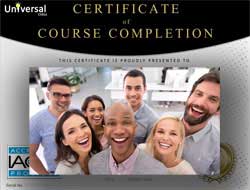
- Document Your Lifelong Learning Achievements
- Earn an Official Certificate Documenting Course Hours and CEUs
- Verify Your Certificate with a Unique Serial Number Online
- View and Share Your Certificate Online or Download/Print as PDF
- Display Your Certificate on Your Resume and Promote Your Achievements Using Social Media

Choose Your Subscription Plan
No Certificate / No CEUs
This course only
| Includes certificate | X |
| Includes CEUs | X |
| Self-paced |

|
| Instructor support |

|
| Time to complete | 6 months |
| No. of courses | 1 course |
Certificate & CEUs
This course only
| Includes certificate |

|
| Includes CEUs |

|
| Self-paced |

|
| Instructor support |

|
| Time to complete | 6 months |
| No. of courses | 1 course |
Certificates & CEUs
Includes all 600+ courses
| Includes certificate |

|
| Includes CEUs |

|
| Self-paced |

|
| Instructor support |

|
| Time to complete | 12 Months |
| No. of courses | 600+ |
Certificates & CEUs
Includes all 600+ courses
| Includes certificate |

|
| Includes CEUs |

|
| Self-paced |

|
| Instructor support |

|
| Time to complete | 24 Months |
| No. of courses | 600+ |
Related Courses
-
 5 hours
0.5 CEUs
The Relationship Reset: Rewriting Your Story Together
+ More Info
5 hours
0.5 CEUs
The Relationship Reset: Rewriting Your Story Together
+ More Info
-
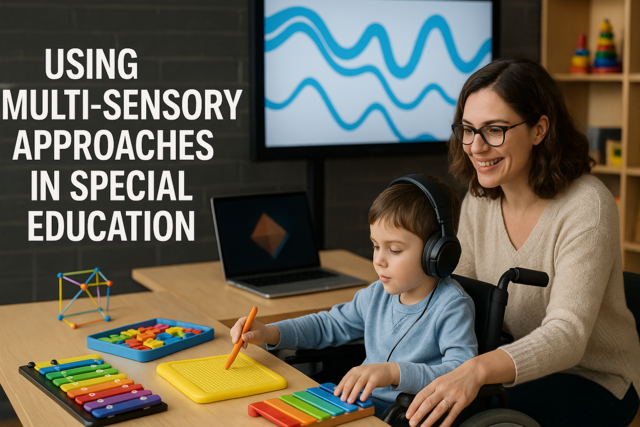 7 hours
0.7 CEUs
Using Multi-Sensory Approaches in Special Education
+ More Info
7 hours
0.7 CEUs
Using Multi-Sensory Approaches in Special Education
+ More Info
-
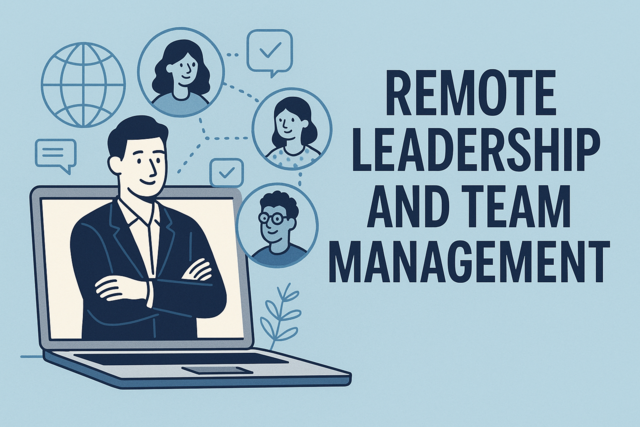 6 hours
0.6 CEUs
Remote Leadership and Team Management
+ More Info
6 hours
0.6 CEUs
Remote Leadership and Team Management
+ More Info
-
 6 hours
0.6 CEUs
Beyond the Runway: Influencing Trends in Modern Luxury
+ More Info
6 hours
0.6 CEUs
Beyond the Runway: Influencing Trends in Modern Luxury
+ More Info
-
 7 hours
0.7 CEUs
Digital Friendships: Navigating Virtual Connections
+ More Info
7 hours
0.7 CEUs
Digital Friendships: Navigating Virtual Connections
+ More Info
-
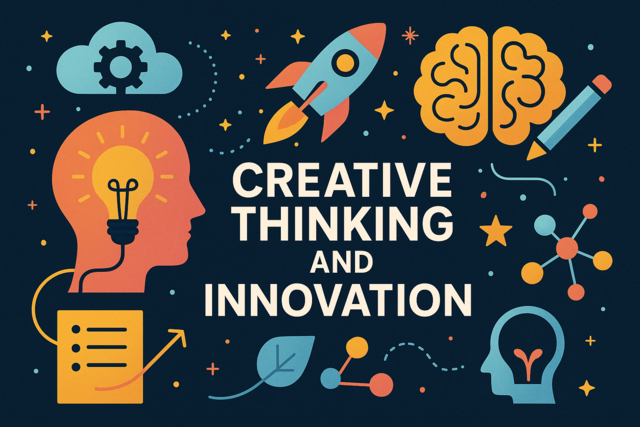 4 hours
0.4 CEUs
Creative Thinking and Innovation
+ More Info
4 hours
0.4 CEUs
Creative Thinking and Innovation
+ More Info
-
 3 hours
0.3 CEUs
Cybersecurity Basics for All
+ More Info
3 hours
0.3 CEUs
Cybersecurity Basics for All
+ More Info
-
 4 hours
0.4 CEUs
Paranormal Phenomena: Fact or Fiction
+ More Info
4 hours
0.4 CEUs
Paranormal Phenomena: Fact or Fiction
+ More Info
-
 6 hours
0.6 CEUs
The Influence of Social Media on Relationship Health
+ More Info
6 hours
0.6 CEUs
The Influence of Social Media on Relationship Health
+ More Info
-
 4 hours
0.4 CEUs
Strengthening Sibling Bonds: Strategies for Lifelong Friendships
+ More Info
4 hours
0.4 CEUs
Strengthening Sibling Bonds: Strategies for Lifelong Friendships
+ More Info
-
 6 hours
0.6 CEUs
Creating a Work-Life Balance
+ More Info
6 hours
0.6 CEUs
Creating a Work-Life Balance
+ More Info
-
 6 hours
0.6 CEUs
Redefining Romance: Finding Love Beyond the Fairytale
+ More Info
6 hours
0.6 CEUs
Redefining Romance: Finding Love Beyond the Fairytale
+ More Info
-
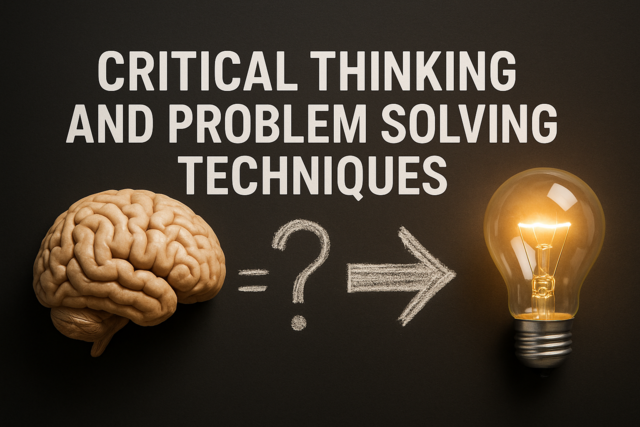 4 hours
0.4 CEUs
Critical Thinking and Problem Solving Techniques
+ More Info
4 hours
0.4 CEUs
Critical Thinking and Problem Solving Techniques
+ More Info
-
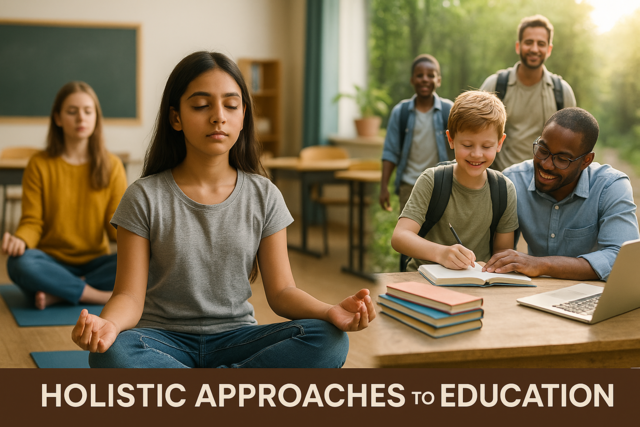 3 hours
0.3 CEUs
Holistic Approaches to Education
+ More Info
3 hours
0.3 CEUs
Holistic Approaches to Education
+ More Info
-
 4 hours
0.4 CEUs
Familial Fortitude: Strengthening Bonds from Within
+ More Info
4 hours
0.4 CEUs
Familial Fortitude: Strengthening Bonds from Within
+ More Info
-
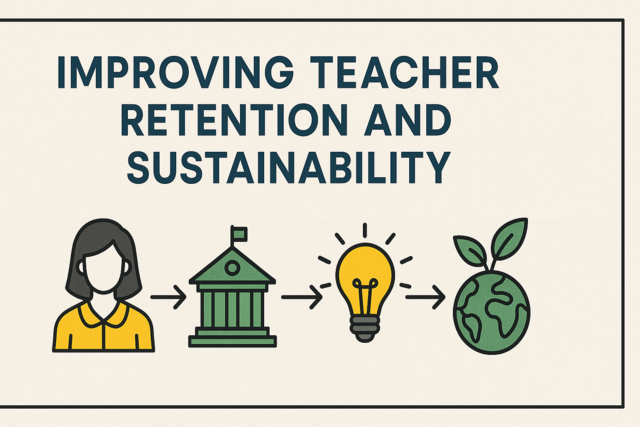 3 hours
0.3 CEUs
Improving Teacher Retention and Sustainability
+ More Info
3 hours
0.3 CEUs
Improving Teacher Retention and Sustainability
+ More Info
-
 7 hours
0.7 CEUs
Vintage Visions: Integrating Past Styles in Modern Luxury
+ More Info
7 hours
0.7 CEUs
Vintage Visions: Integrating Past Styles in Modern Luxury
+ More Info
-
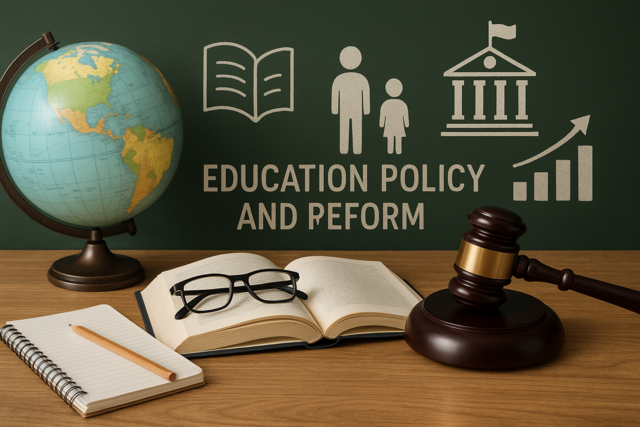 3 hours
0.3 CEUs
Education Policy and Reform: Impact and Implications
+ More Info
3 hours
0.3 CEUs
Education Policy and Reform: Impact and Implications
+ More Info
-
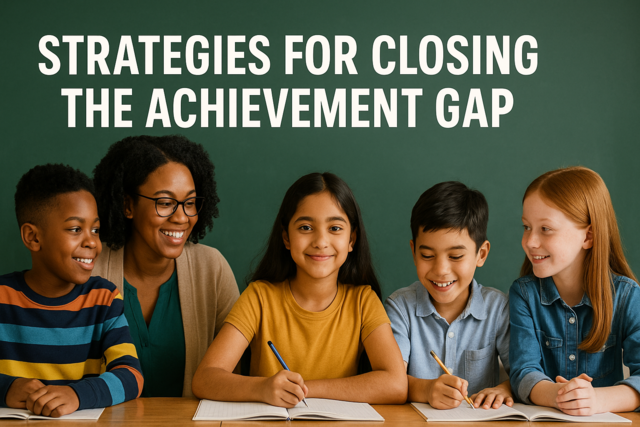 7 hours
0.7 CEUs
Strategies for Closing the Achievement Gap
+ More Info
7 hours
0.7 CEUs
Strategies for Closing the Achievement Gap
+ More Info
-
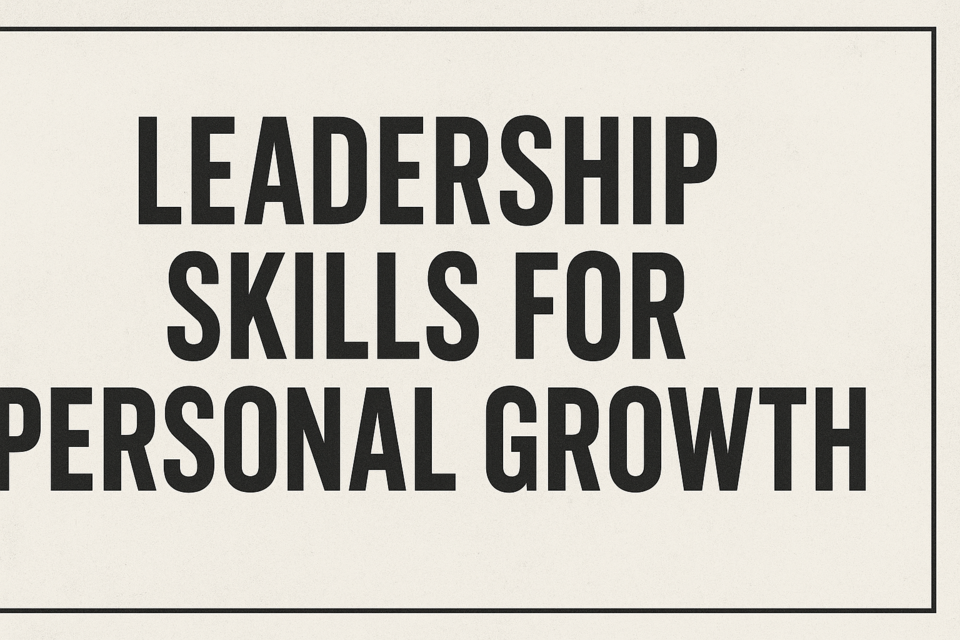 4 hours
0.4 CEUs
Leadership Skills for Personal Growth
+ More Info
4 hours
0.4 CEUs
Leadership Skills for Personal Growth
+ More Info
-
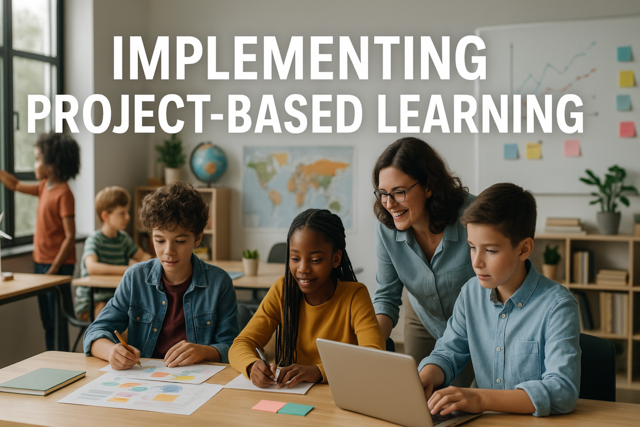 4 hours
0.4 CEUs
Implementing Project-Based Learning
+ More Info
4 hours
0.4 CEUs
Implementing Project-Based Learning
+ More Info
-
 6 hours
0.6 CEUs
Intuitive Insights: Harnessing Gut Feelings for Better Bonds
+ More Info
6 hours
0.6 CEUs
Intuitive Insights: Harnessing Gut Feelings for Better Bonds
+ More Info
-
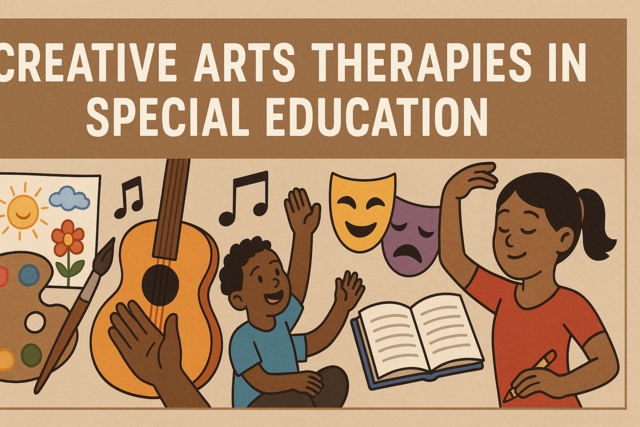 3 hours
0.3 CEUs
Creative Arts Therapies in Special Education
+ More Info
3 hours
0.3 CEUs
Creative Arts Therapies in Special Education
+ More Info
-
 5 hours
0.5 CEUs
Cosmic Anomalies: Unraveling Unsolved Astronomical Phenomenon
+ More Info
5 hours
0.5 CEUs
Cosmic Anomalies: Unraveling Unsolved Astronomical Phenomenon
+ More Info
-
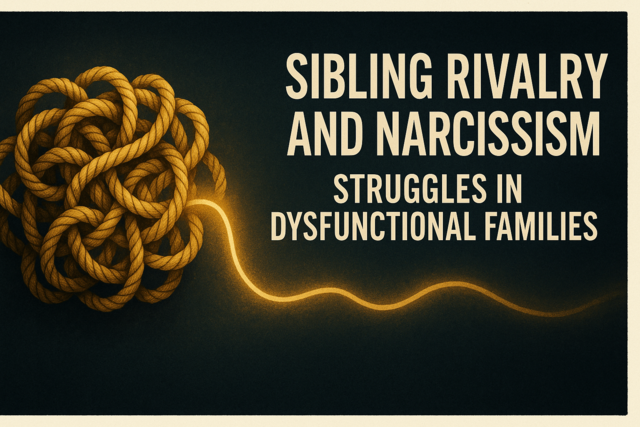 6 hours
0.6 CEUs
Sibling Rivalry and Narcissism: Struggles in Dysfunctional Families
+ More Info
6 hours
0.6 CEUs
Sibling Rivalry and Narcissism: Struggles in Dysfunctional Families
+ More Info
-
 3 hours
0.3 CEUs
Transcend Trends: Creating Your Signature Look
+ More Info
3 hours
0.3 CEUs
Transcend Trends: Creating Your Signature Look
+ More Info
-
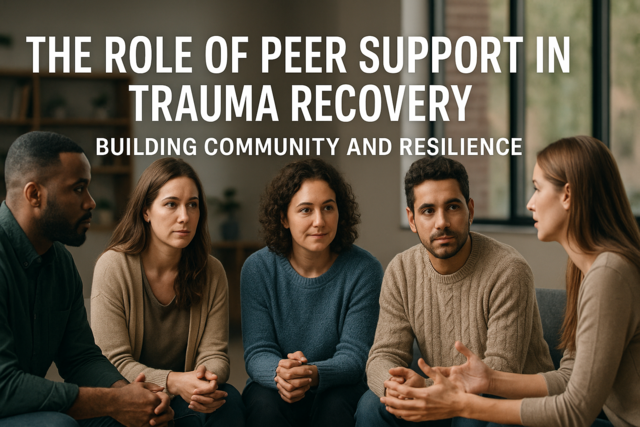 3 hours
0.3 CEUs
The Role of Peer Support in Trauma Recovery: Building Community and Resilience
+ More Info
3 hours
0.3 CEUs
The Role of Peer Support in Trauma Recovery: Building Community and Resilience
+ More Info
-
 6 hours
0.6 CEUs
The Healing Power of Crystals
+ More Info
6 hours
0.6 CEUs
The Healing Power of Crystals
+ More Info
-
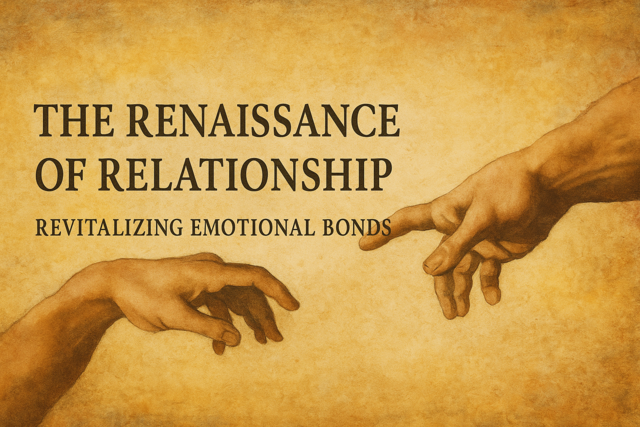 7 hours
0.7 CEUs
The Renaissance of Relationship: Revitalizing Emotional Bonds
+ More Info
7 hours
0.7 CEUs
The Renaissance of Relationship: Revitalizing Emotional Bonds
+ More Info
-
 4 hours
0.4 CEUs
Sustainable Style: Modern Luxury with a Conscience
+ More Info
4 hours
0.4 CEUs
Sustainable Style: Modern Luxury with a Conscience
+ More Info
-
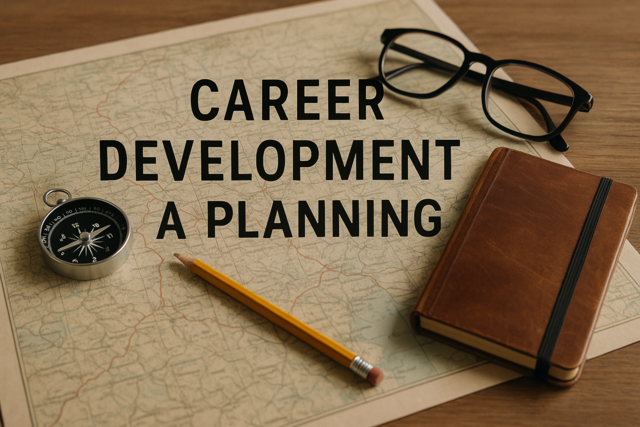 4 hours
0.4 CEUs
Career Development and Planning
+ More Info
4 hours
0.4 CEUs
Career Development and Planning
+ More Info
-
 7 hours
0.7 CEUs
Family Engagement and Support Strategies in Special Education
+ More Info
7 hours
0.7 CEUs
Family Engagement and Support Strategies in Special Education
+ More Info
-
 5 hours
0.5 CEUs
Introduction to Programming for Professionals
+ More Info
5 hours
0.5 CEUs
Introduction to Programming for Professionals
+ More Info
-
 5 hours
0.5 CEUs
Personal Hygiene and Grooming Essentials
+ More Info
5 hours
0.5 CEUs
Personal Hygiene and Grooming Essentials
+ More Info
-
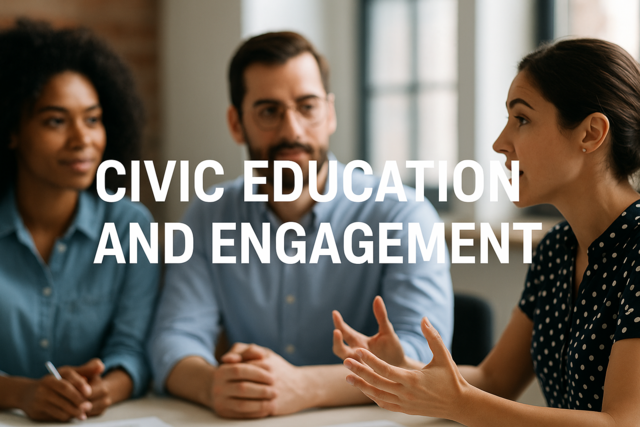 7 hours
0.7 CEUs
Civic Education and Engagement
+ More Info
7 hours
0.7 CEUs
Civic Education and Engagement
+ More Info
-
 3 hours
0.3 CEUs
Leadership in Love: Fostering Growth in Family Relations
+ More Info
3 hours
0.3 CEUs
Leadership in Love: Fostering Growth in Family Relations
+ More Info
-
 3 hours
0.3 CEUs
Bermuda Triangle Mysteries
+ More Info
3 hours
0.3 CEUs
Bermuda Triangle Mysteries
+ More Info
-
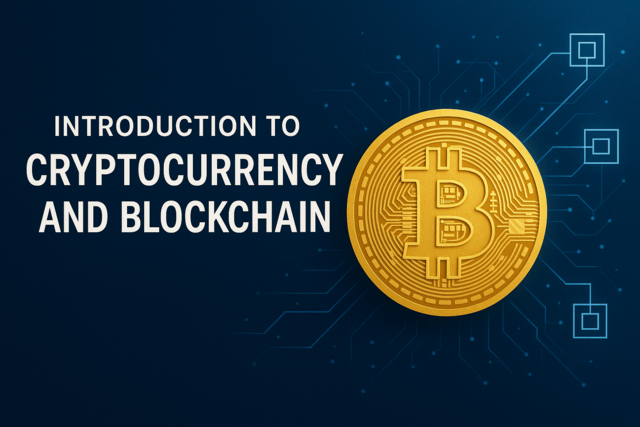 7 hours
0.7 CEUs
Introduction to Cryptocurrency and Blockchain
+ More Info
7 hours
0.7 CEUs
Introduction to Cryptocurrency and Blockchain
+ More Info
-
 7 hours
0.7 CEUs
Harmony at Home: Techniques for Peaceful Coexistence
+ More Info
7 hours
0.7 CEUs
Harmony at Home: Techniques for Peaceful Coexistence
+ More Info


